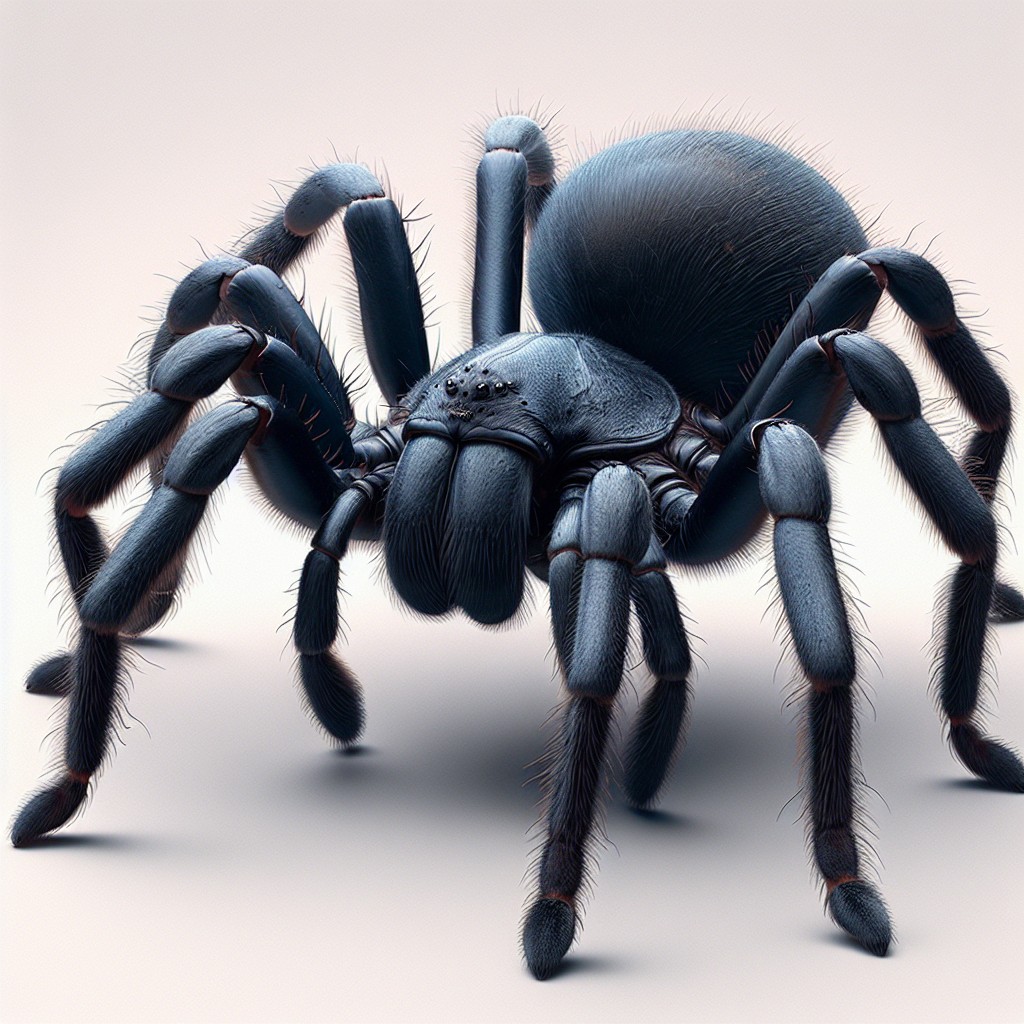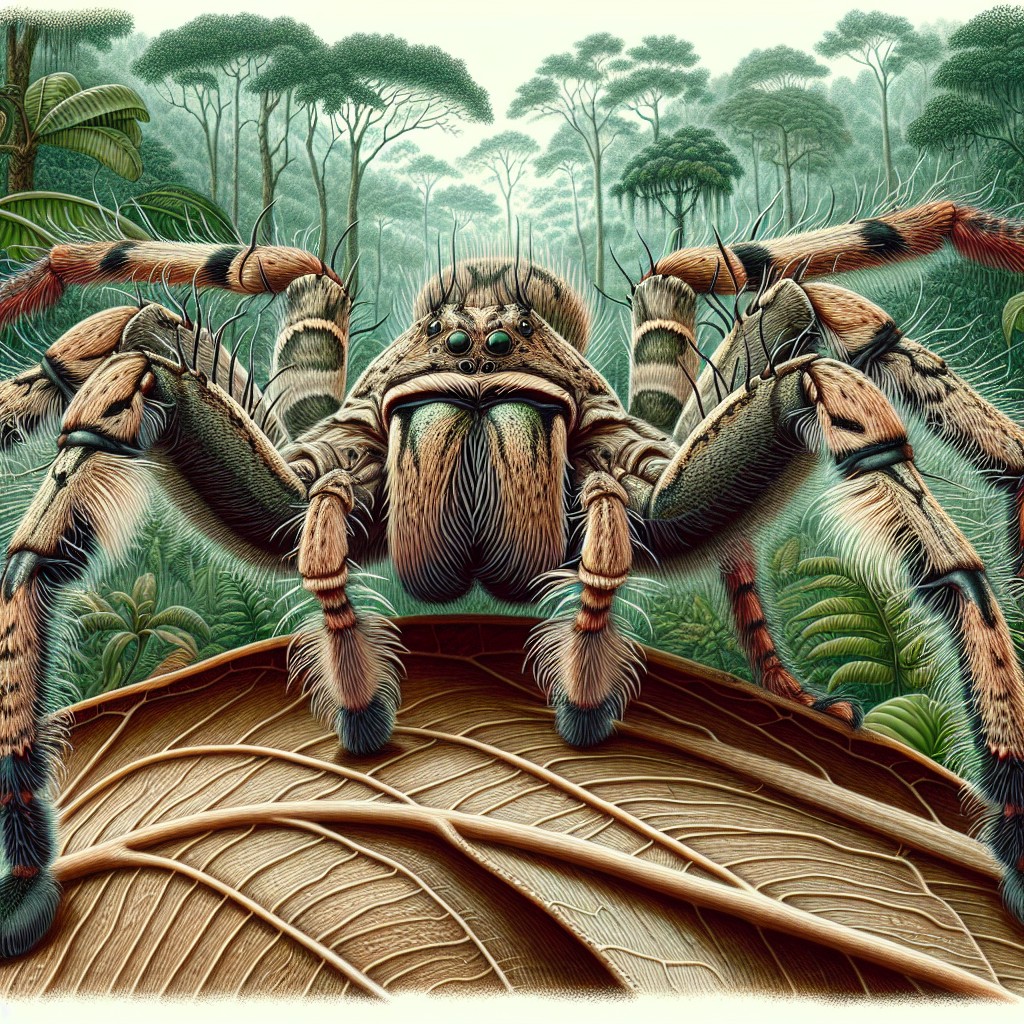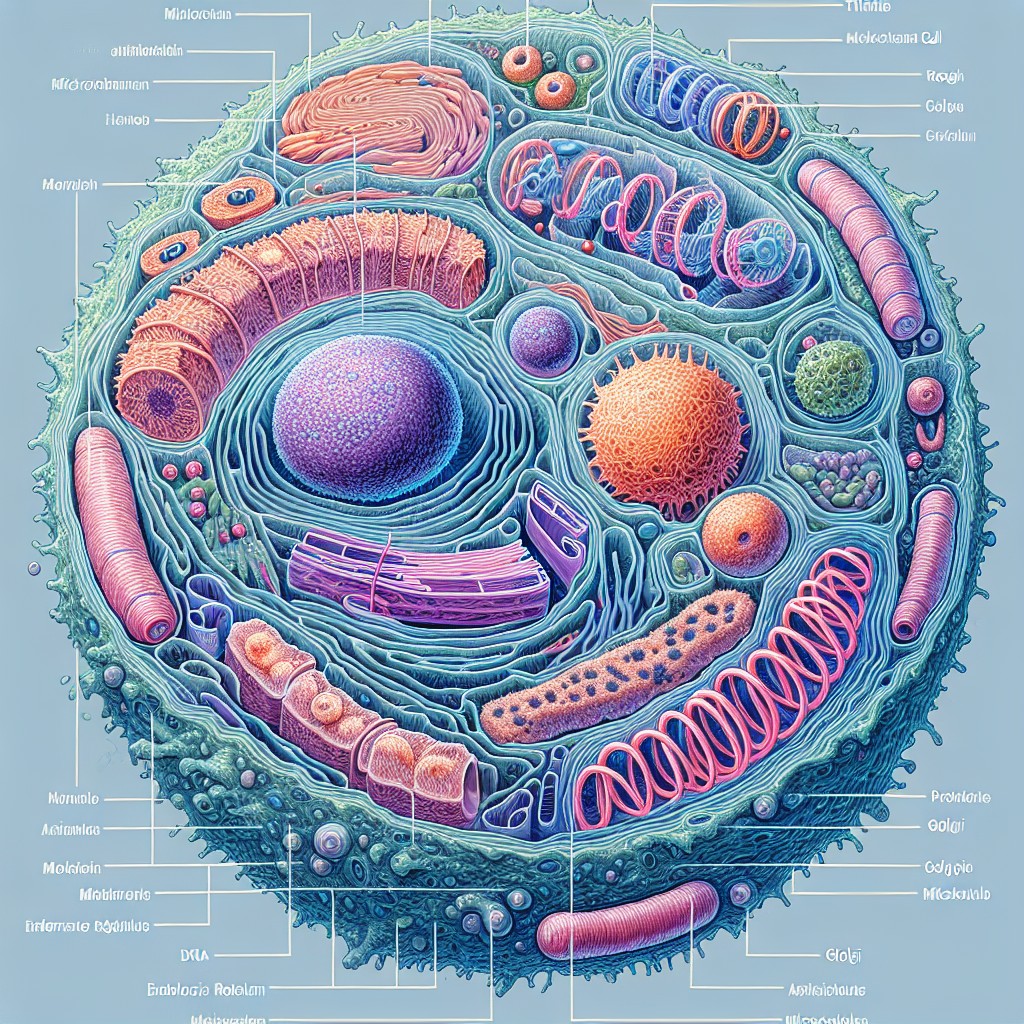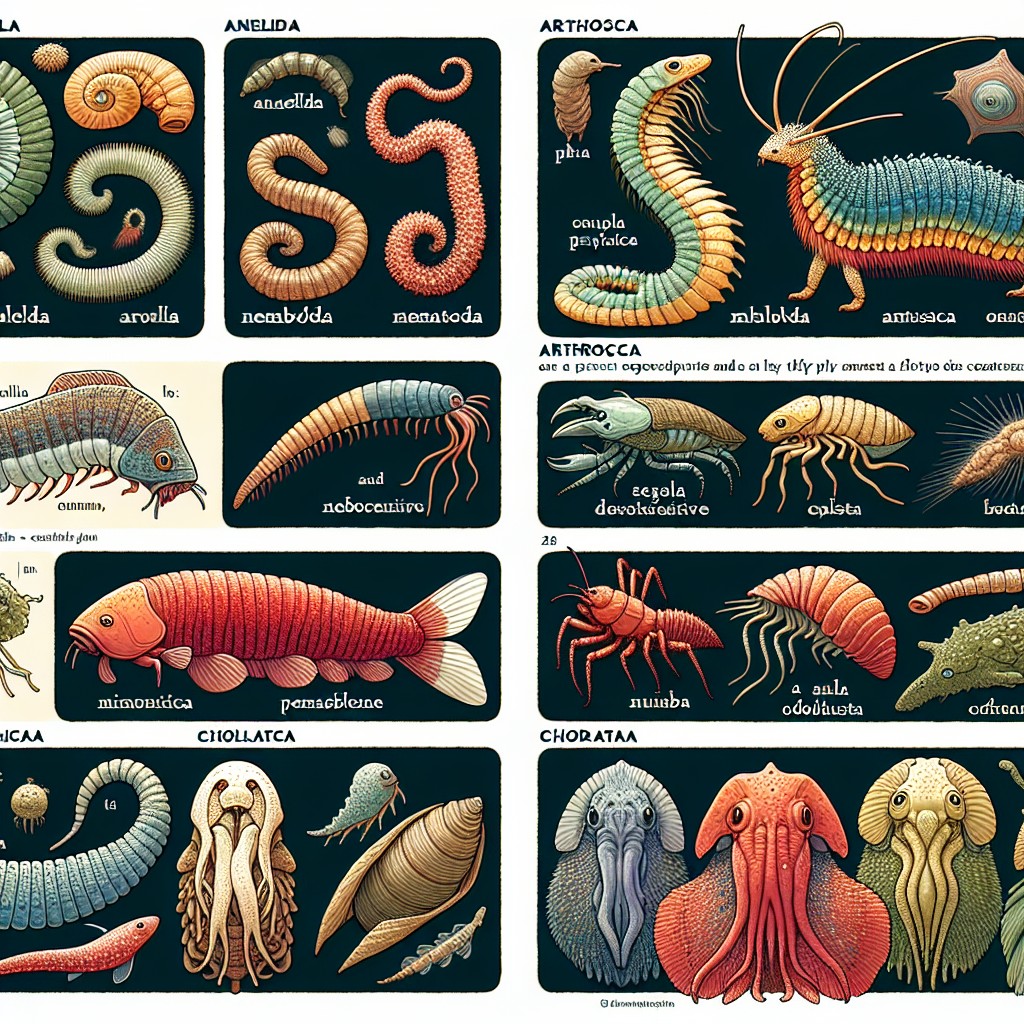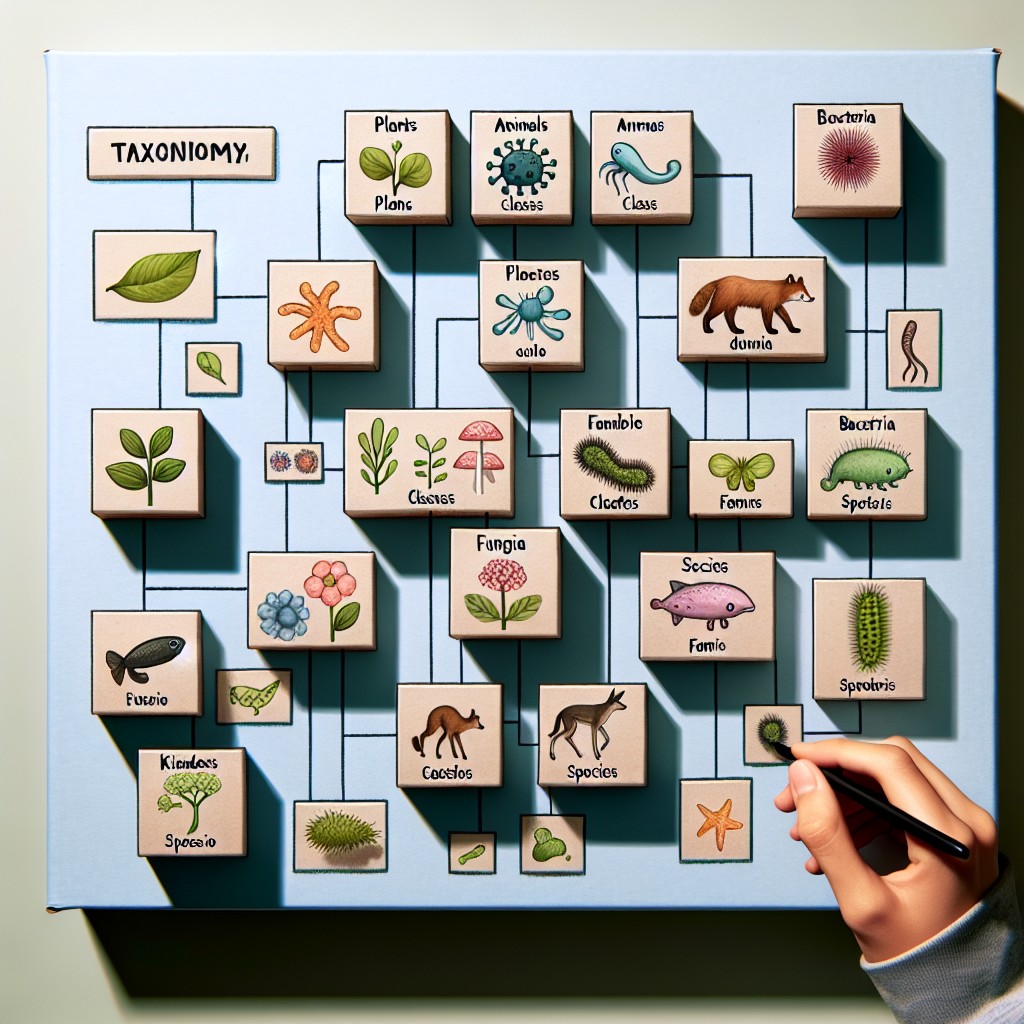Sydney Funnel-web Spider: The Deadly Arachnid Lurking in Australia’s Backyard
The Sydney Funnel-web Spider (Atrax robustus) is widely regarded as Australia’s most dangerous arachnid. Found primarily in the Sydney region, this spider is known for its highly venomous bite, which can be fatal if left untreated. Understanding the dangers posed by this spider is of utmost importance, as it can help individuals take necessary precautions […]
Sydney Funnel-web Spider: The Deadly Arachnid Lurking in Australia’s Backyard Read More »
